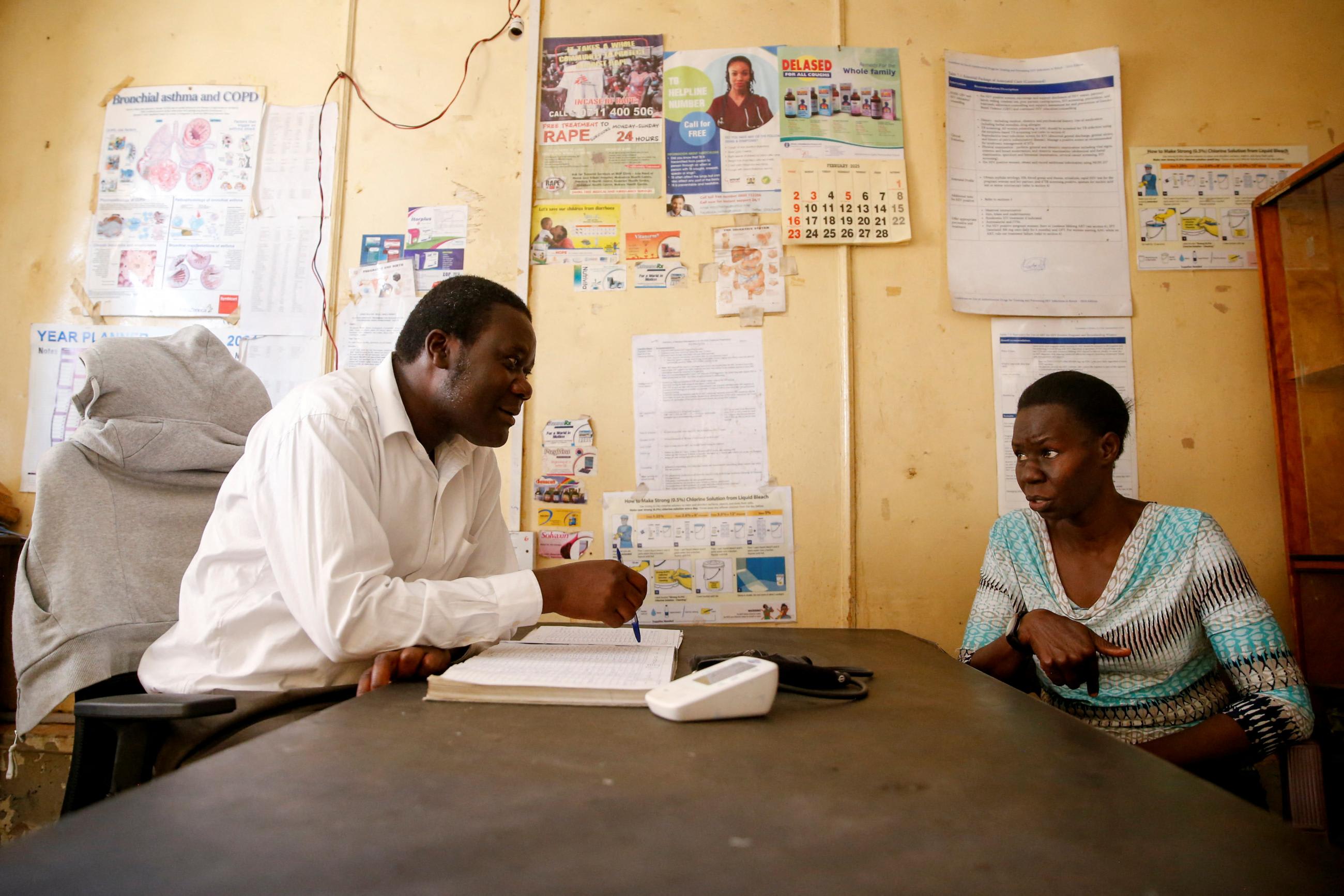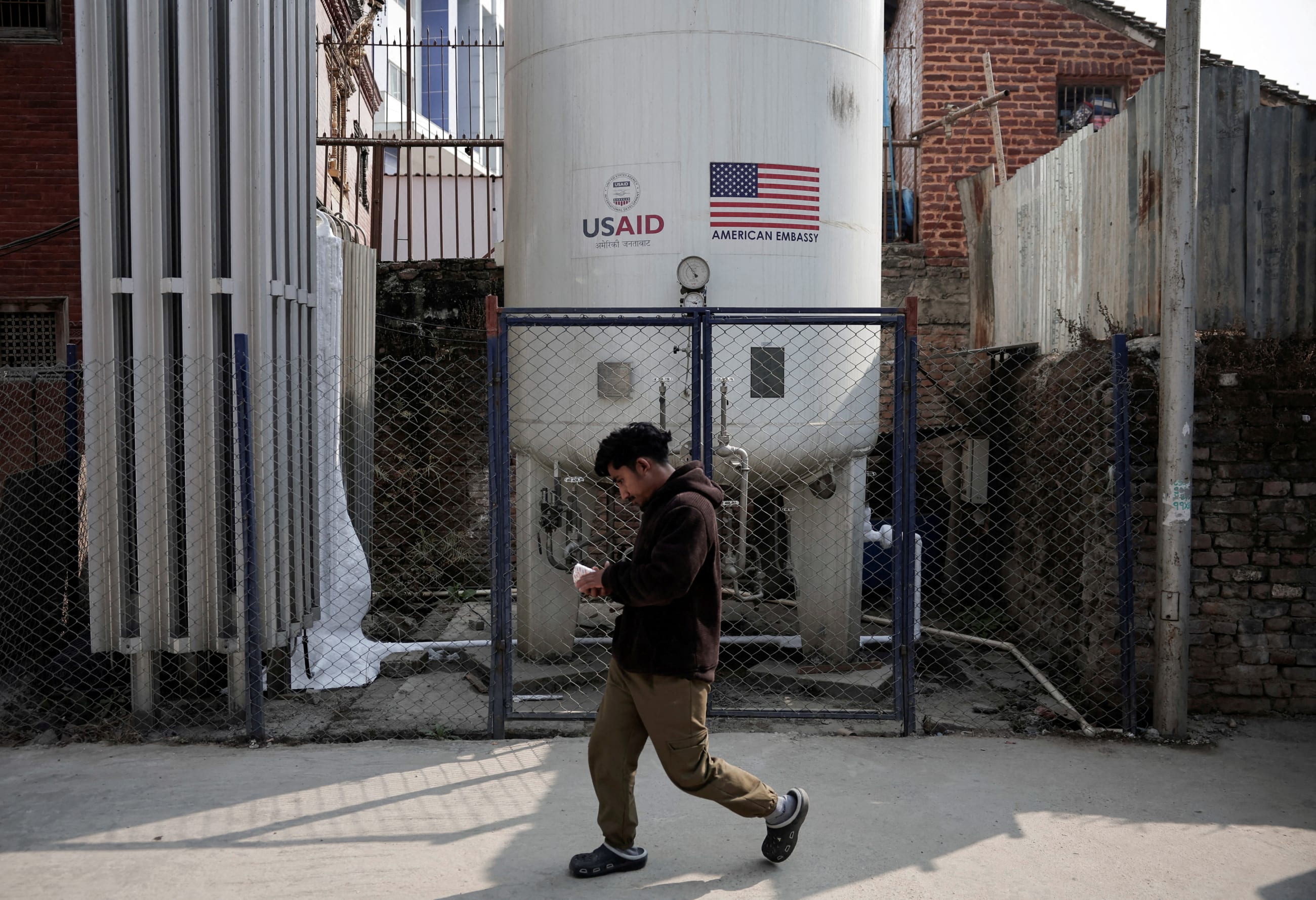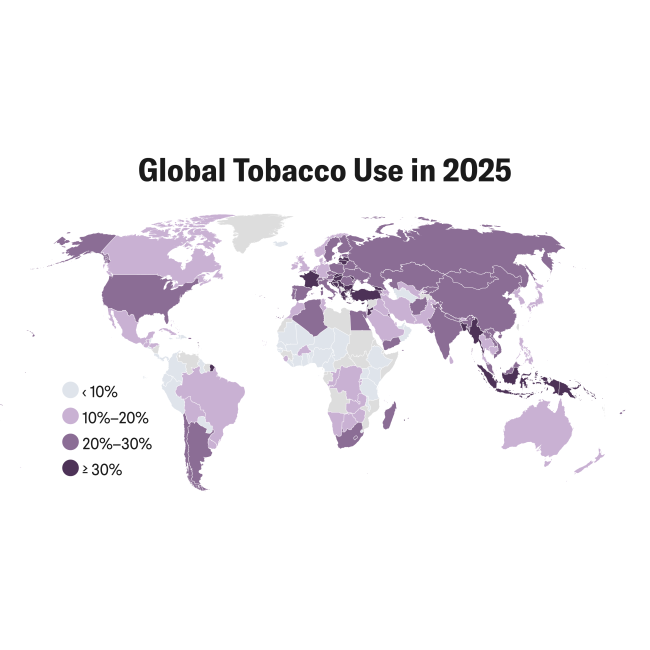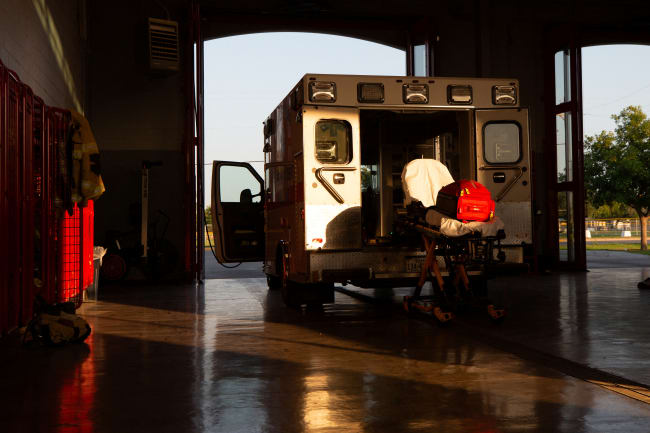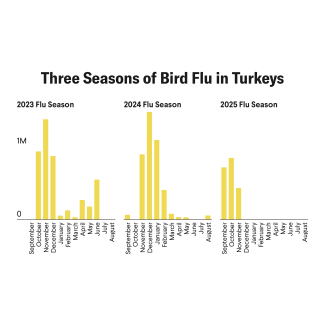On July 1, 2025, the U.S. Agency for International Development (USAID) officially ceased implementing foreign aid. In the weeks leading up to this historic and deeply consequential closure, hundreds of global health leaders, aid workers, and researchers gathered virtually at an event convened by the Columbia University Global Health Action and Evidence (GHAE) Program to discuss new survey results and on-the-ground reports [PDF] illustrating damage to communities and health systems following the loss of U.S. foreign aid.
Those reports emphasized data from frontline workers as well as health-care infrastructure and delivery systems. Although government leaders and international funders debated high-level strategies at the recent 2025 World Health Assembly, the view from the field was clear: The collapse of U.S. foreign aid is already unraveling decades of progress.
Policy is not rhetoric—it's deeply human, and the cost of aid cuts comes in lost lives, withered communities, and damaged essential services
Public health and development professionals shared insights from three hard-hit nations—Colombia, Kenya, and Nepal, which respectively lost 82%, 46%, and 100% of their U.S. funding. Colombia has one of the world's largest populations of refugees and displaced migrants and—before the cuts—had 80 NGOs providing robust public health infrastructure. Kenya's reproductive health gains have reshaped society—advancing gender equity, reducing maternal deaths, and expanding opportunities for women and girls—but cannot sustain that momentum without aid. In Nepal, the new paradigm threatens to reverse a hard-won 53% reduction in HIV cases.
Those cuts to U.S. aid are the most severe structural catastrophe health workers have faced in decades. The network of clinics, pharmacies, and health centers that provide a bulwark against global health emergencies has been gutted after less than six months in this new paradigm, and emerging disease hotspots are just the beginning of the fallout.
This moment poses urgent threats and demands both commitment and swift action. Policy is not rhetoric—it's deeply human, and the cost of aid cuts comes in lost lives, withered communities, and damaged essential services.
Widespread Health Disruption
The toll of the U.S. foreign aid freeze is best measured in clinics closed, rural health-care workers fired, and the steady upward climb of preventable disease cases as proven programs close their doors en masse. The hundreds of millions of dollars in lost funding are a life-sustaining gush of water suddenly cut off: Thousands of people have already died for lack of the vital resources it sustained, and many tens of thousands more are suffering.
The destruction to community-based health systems and infrastructure has been equally devastating. Even a 100% restoration of all U.S. funding would not reverse the damage. Results from the GHAE survey of more than 100 organizations across six continents conducted between February and May point toward widespread impacts "not just to service delivery but capacity-building and service strengthening across health sectors," said Sara Casey, assistant professor in Columbia University's Population and Family Health Department.
Lost Mental Health Services Compound Colombia's Migrant Crisis
"We reduced operations by 65% and closed four offices, and it wasn't just us," said Camilo Ramírez, country director for HIAS Colombia, a nonprofit organization that works globally to assist displaced populations. "We had to make dramatic decisions to maintain response for the most vulnerable."
Services sacrificed amid these tough choices include temporary shelters along the Caribbean coast, mental health care ("they're not considered lifesaving"), and the ability to pivot in times of change. Many families who traveled north through the Darien Gap have been forced to turn back, returning to Colombia after detention, deportation, and violence—only to find missing the support services that should have helped them reintegrate into daily life.
"There is a need [for mental health care] as many people suffer or are victims of kidnapping, rape and all that stuff, migrating and returning," noted Necoclí, a migrant from Colombia.
"People are coming back with additional mental health considerations we're not equipped to address," Ramírez said. "We have to rethink our operation in Colombia."
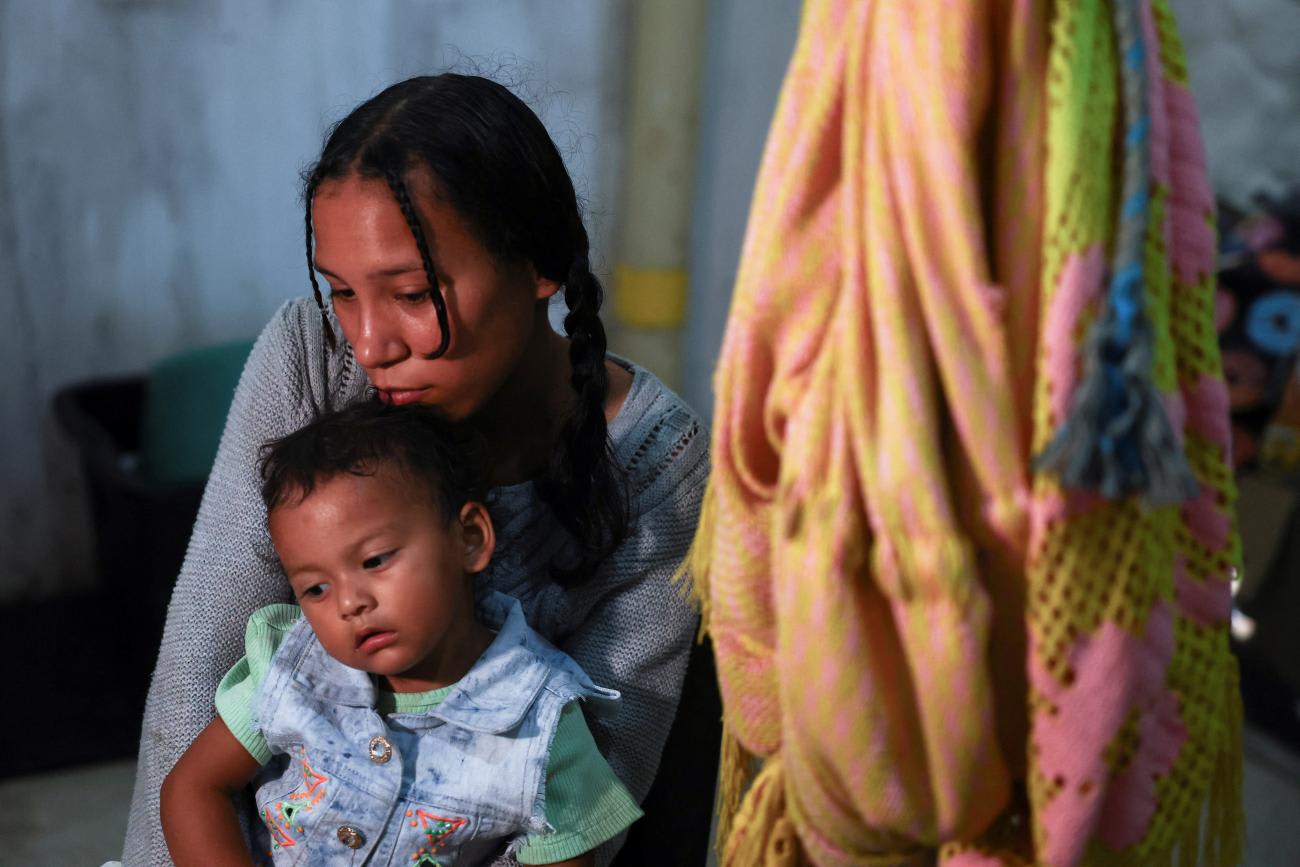
System Cuts Reshape Kenyan Society
In Kenya, where nearly half of foreign aid goes to health services, the abrupt halt in USAID funding caused a social crisis. Julia Kosgei, operations director for policy/strategy, an advisory group that works with community health systems across low- or middle-income countries, reported that with 54,000 health-care jobs lost or at risk, "many health-care workers have lost hope."
Accessible pregnancy services, family planning, and pre-exposure prophylaxis (PrEP) treatment have disappeared as facilities suddenly were shut down or were rendered inert by entire workforces put on unpaid leave. This has inflicted disastrous consequences on vulnerable women, young people, and marginalized populations, Kosegi elaborated.
"[Adolescents] lose access to family planning and sexual and reproductive health services. We've tried for years to reduce unplanned pregnancies, keep girls in school, but now contraceptive supplies are limited or nonexistent. That will affect their livelihoods and education," said a development expert based in Nairobi.
Not only are gains in HIV prevention and maternal deaths now at risk, the cuts are causing dramatic shifts in society itself: where people live, what their standard of living is, and whether they continue their education. "The vacuum has caused patients to sell assets, drop out of school, migrate in search of care," Kosgei explained.
Meanwhile, health-care providers and their families are dealing with lost income, and those who still have jobs are battling extreme overwork, rationing necessary resources, and curtailing their public expression to qualify for the sparse reproductive health funding that remains.
New rules impose damaging social constraints on sex workers and members of the LGBT community. "They face both loss of services plus heightened stigma," said Kosgei. "It's now dual exclusion."
HIV Progress Backslides in Nepal
In Nepal, shuttered health services are threatening 15 years of progress in fighting HIV. As a result of funding cuts, only lifesaving emergencies can be addressed. All other services—including those essential to saving lives over the longer term, such as maternal and child health, nutrition, education, disaster risk reduction, and gender-based violence prevention—have been shut down.
"There are no outreach workers, so lots of clients have stopped visiting clinics," explained Anand Tamang, founding director of the Center for Research on Environment Health and Population Activities in Kathmandu. "There are no community health workers to make home deliveries or bring new cases to clinics. And there's rising fear of not being able to identify new HIV hotspots."
Workers ordered to stay home must confront joblessness in underresourced communities as they watch hard-won progress slipping away. "I am sure the number of HIV cases must be considerably increased by now," one worker told Tamang.
Global Health Funding's Future
Corine Karema, founder and CEO at Afrika Kwanza Health Impact, described how cuts to disease surveillance in one nation are detrimental global health in all nations, including the United States and its wealthy peers. Some 66% of GHAE survey respondents identified that lack of access to treatment stood out as a top global health risk, many also citing increased mortality (41%) and inability to contain disease outbreaks (19%) as urgent near-term concerns.
If these threats are to be confronted, the future of global health should be more than multipolar. It should be local and collaborative, relying on diverse streams of funding and renewed investment in primary and preventive care. Panelists welcomed the recent announcement from the Gates Foundation concerning its planned $200 billion investment in global health over the next 20 years. Philanthropy alone, however, is not enough. Governments cannot rely solely on institutions that have traditionally been led by the United States. Strong national investment and bold South-to-South partnerships are essential to support integrated services and build resilience at the community level.
To help create that future, and to renew the flow of lifesaving resources to those who need them most, communities all need to continue to collect data and tell stories of these on-the-ground impacts. Policymakers and decision-makers need accurate depictions of realities on the ground, the kind that can only come from directly affected communities and systems.
